- 25 :: When we decide to add something to our wardrobes, secondhand clothing is a choice that considers the earth. That clothing is already here + has plenty of use still in it.
- 26 :: All of us (in our family) have chosen our jobs with consideration to the commute. Living within five miles of our work allows each of us to use less gas + reduces our carbon emissions.
- 27 :: This curtain was transformed into a blanket this week. Maybe it will become a jacket, pillows or a tote next. I'll enjoy keeping this fabric in use for years to come.
- 28 :: Making this year's calendar on the backs of last year's calendar pages.
- 29 :: Choosing athletic wear made from natural fibers in order to avoid making plastic microfibers each time they are washed.
- 30 :: Using biodegradable, cotton washcloths rather than plastic sponges to wash the dishes.
- 31 :: Eating less meat. Meat is expensive. It's production creates carbon emissions, promotes deforestation + is inhumane to animals + meat packers. Try meatless Mondays or weekdays...or do like we do + go vegetarian at home.
- 32 :: Finding inspiration. Surrounding ourselves with simplicity can be helpful + inspiring.
|
0 Comments
We make choices every day. The choices we make with the planet in mind usually have other benefits as well...benefits to our health, our pocketbooks, our style, our sense of adventure, our creativity, our sense of beauty, our connections...
We've got enough to stress about these days. None of these choices are hard to make. (Well, maybe getting outside to walk in the snow.) :)
Hope you are keeping warm, northern hemisphere friends! :) Love, Jane It's not uncommon to have a conversation mentioning climate change, during which a person attempts to end the conversation with a rhetorical, "But what can we do about it?" Well...how much time do you have? ;) It hit me the other day how many choices I make in a day based on what's best not just for me, but for all of us...humans, plants, animals + planet. Surely, I could think of one for every day of 2022...right? Yikes...here goes trying. :)
One choice at a time. Love, Jane For about a month now, my partner + I have been challenging ourselves to take shorter showers. We want to use less water + know that our showers are a great place to work toward this goal.
We decided to embark on this experiment all at once + on a day that neither of us was working. We each stated the time we wanted to stay under + timed each other's showers. With a lot of hustling on my part + less "standing around" on his, we were each able to stay under our chosen times. (I have hair + he doesn't, so we have different goals.) :) Once I tasted that success, I was motivated to shift the way I take showers toward using even less water + was eventually able to drop my time down to a 1 1/2 minutes below my original goal. That was pretty exciting! He was able to knock 30 more seconds off of his time. Now every day, we're chasing that new "possible". That is one of the most significant take-aways from this experiment in shifting our habits toward shorter showers: Change creates momentum + desire toward even greater change! We've been focused on taking shorter showers for about a month now + are still timing our showers almost every day. We haven't exceeded our goal times all month! A few thoughts + observations I've had along the way with this experiment:
Part way through this challenge I heard a news story about a town in California experiencing water restrictions due to drought. I felt a sort of solidarity (in some tiny way) with the people livng there that I may not have otherwise. Water is such a precious resource, and we are not guaranteed a never-ending supply. We have so much more work to do, but this experiment has created the momentum + desire to work toward using less + less water every day. Love, Jane How are you feeling, friends?
I hope you are feeling well + rested + content in so many ways...but also...this year has been traumatic. The pandemic continues to take lives. We learned that the window of opportunity to have a significant impact toward slowing climate change is closing faster than many scientists had previously believed. These two factors combined have left me feeling pretty discouraged, powerless + paralyzed at times. Bulk items are less readily available at the supermarket. We have less access to our go-to experience-based gifts + entertainment. Even the farmer's market felt too crowded to venture into this summer. The nagging feeling that our climate-conscious efforts are too small to make a meaningful impact can threaten our desire to tackle these obstacles. And yet, why would we choose to enable climate change rather than to fight it in any small way that we could? Why wouldn't we want to share with our friends + family that climate-conscious choices also promote our contentment...boost our health...save us money...and come from a place of compassion toward others? So...I am, again, thinking through ways that I can act anyway. The new year is a great time to take stock + create new plans with new resolve. Here are a few things I can do...even now:
In the short term, I want to be more alert to the impact of my decisions. I also want to tackle each of these things on a deeper level...conduct some experiments...and challenge my habits + assumptions. Sounds like fun to me. :) Love, Jane My partner's pillow was getting a bit flat again. It was so nice to have a way to revive it...rather than dumping this one + buying a whole new pillow! Our pillows are from Avocado Mattress. The organic cotton outer is filled with organic latex + organic kapok (both of which are natural materials). What a great way to use up the latex scrap that surely must come from Avocado's latex mattresses...zero-waste!
When we need to, we are able to refill this natural stuffing to our liking. I love that these pillows are adjustable...no need to guess which fill level you want when confronted with all that choice in the pillow aisle. Rather than adding fluff to the pillow, one could also remove some if it was too fluffy upon arrival. We've had our pillows for years + mine truly is the best one I've ever slept on. Love, Jane Simple suppers are my favorite any time of year...but simple, summer suppers might just be the best. A box of pasta. A couple of quickly sautéed, spiralized zucchinis. A few tomatoes from the garden thrown into the hot pan to blister + carmalize just a bit. A sprinkling of salt, pepper flakes + parmesan cheese. Simply delicious.
Love, Jane Back-to-school feels different again this year. Maybe we can still have a little fun with school supplies? Just make 'em as fair + zero-waste as possible.
A few goodies ::
Julia was glad to find that a planner was the only school supply she needed to head back to college this year. She was able to pull out + recycle the used pages in her notebooks + is happy to use the remaining blank pages this semester. She'll keep using her tried + true, baby Baggu bag (handles tied once to secure) + Kleen Kanteen to take her lunch...and her backpack is still going strong. (We like glass jars +/or a lunchbots that we've used for years to hold food.) She'll be wearing a scrap-busting, handmade, reusable mask like always (because kindness is a sustainable + renewable resource too). All photos via links. Love, Jane It looks like masks are going to be part of our everyday wear for a while yet. I have two masks that I'm currently wearing on repeat. Each day I drop one into a mason jar with a little soap + water + shake it all up. After rinsing, I hang it outside to dry. After an hour or two in the summer sun, I have a clean, dry mask ready for another day. It's just one more use for those trusty glass jars. Mask up, friends...for all of our health!
Love, Jane |
on a journey toward zero-waste, simplicity, + compassion :: daring to choose fair one choice at a time
|
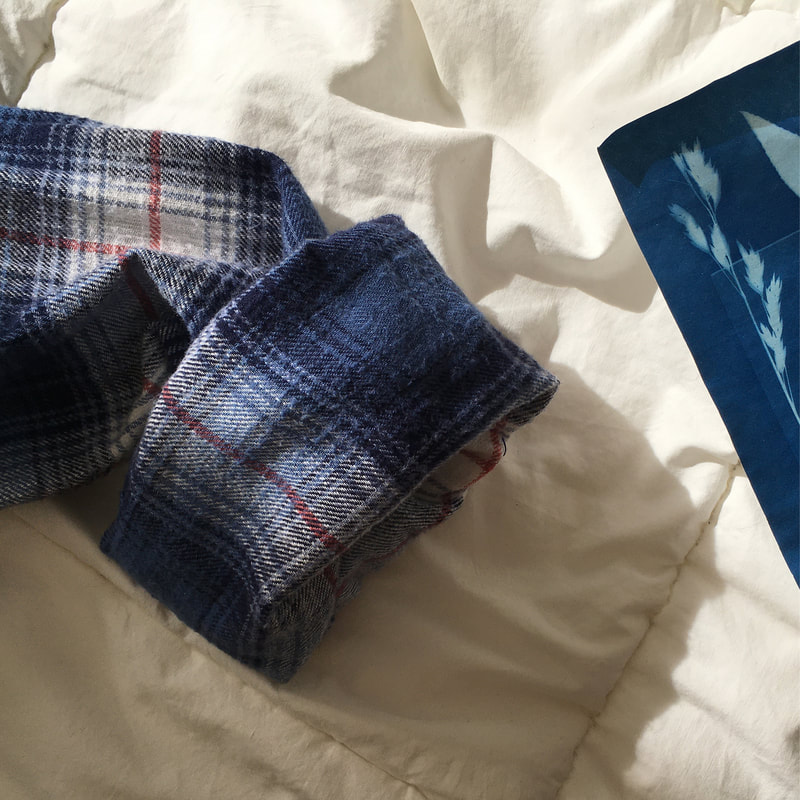
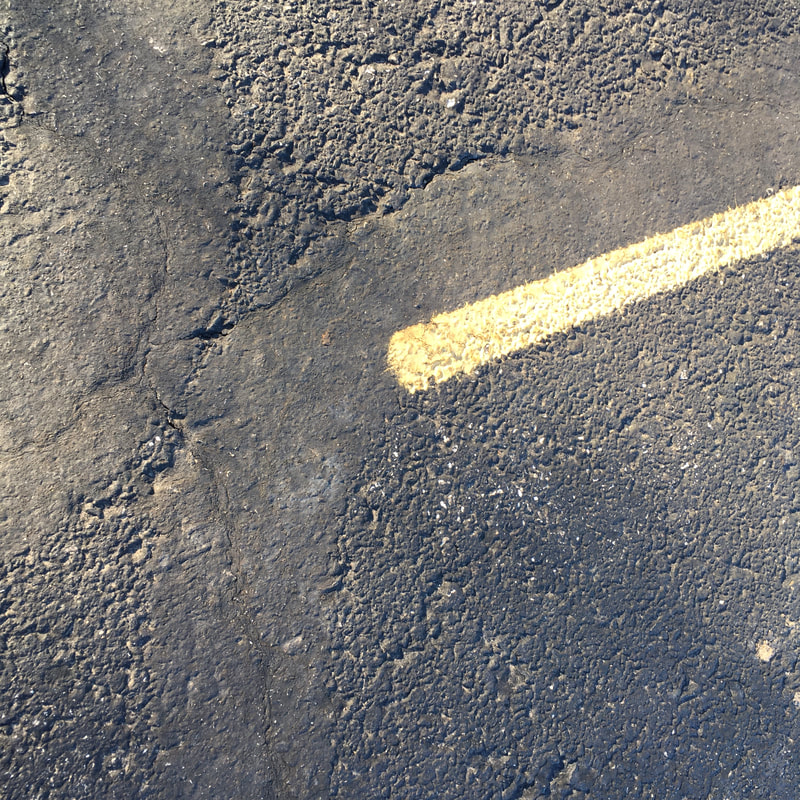
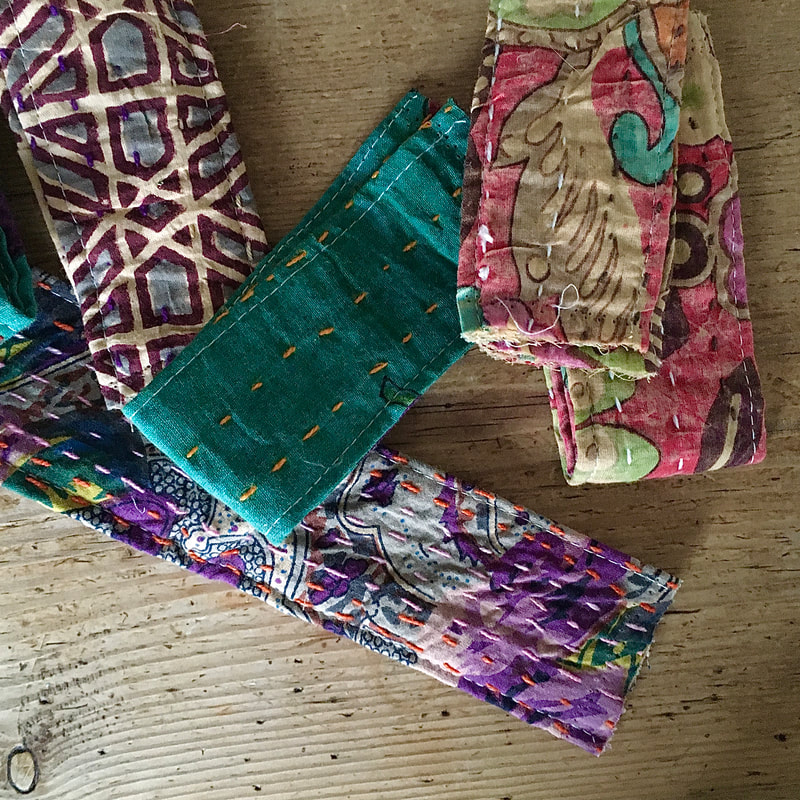
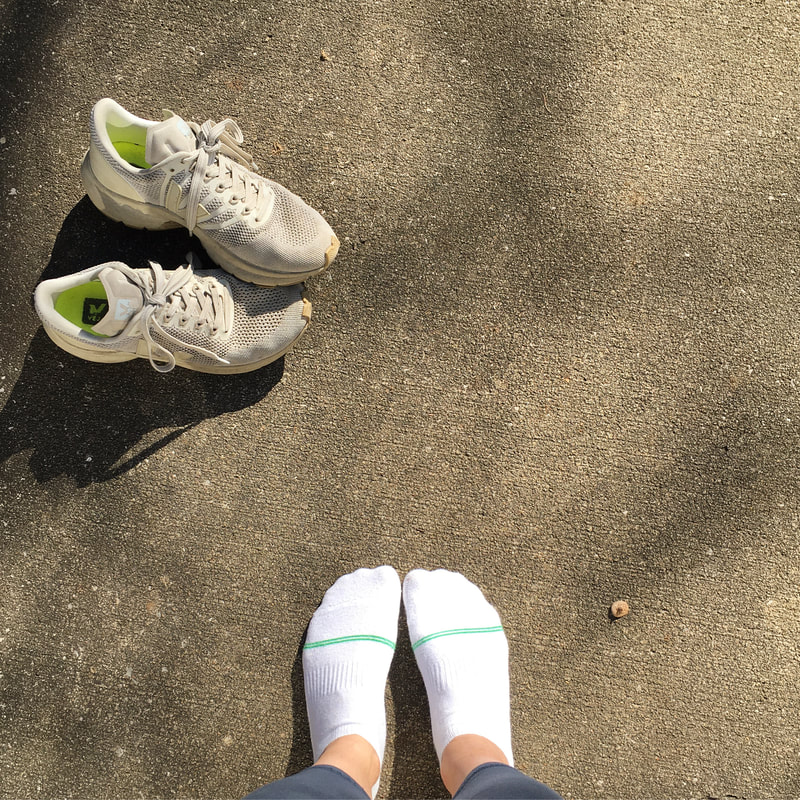
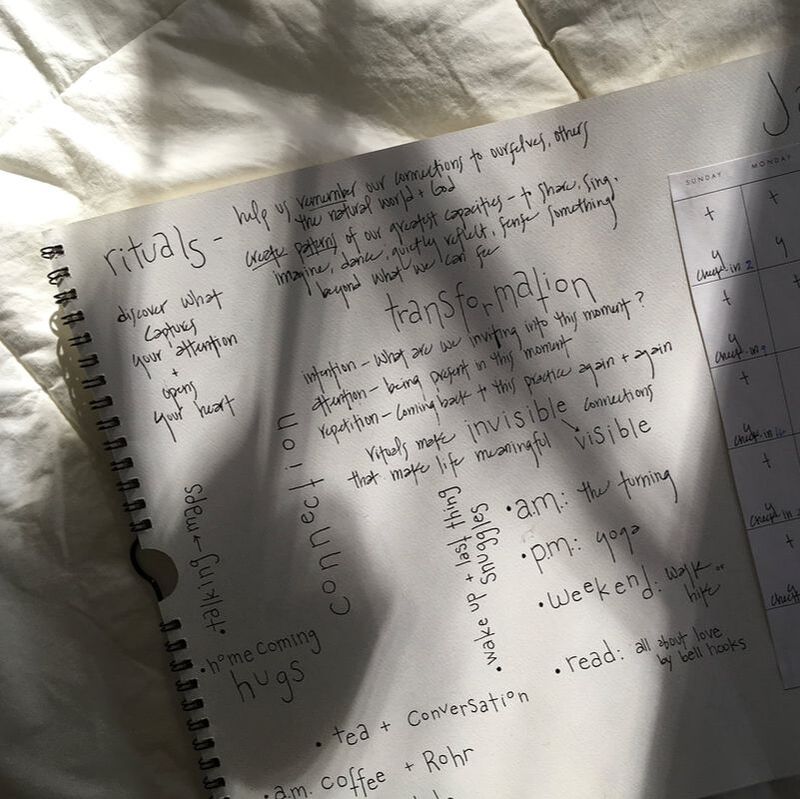
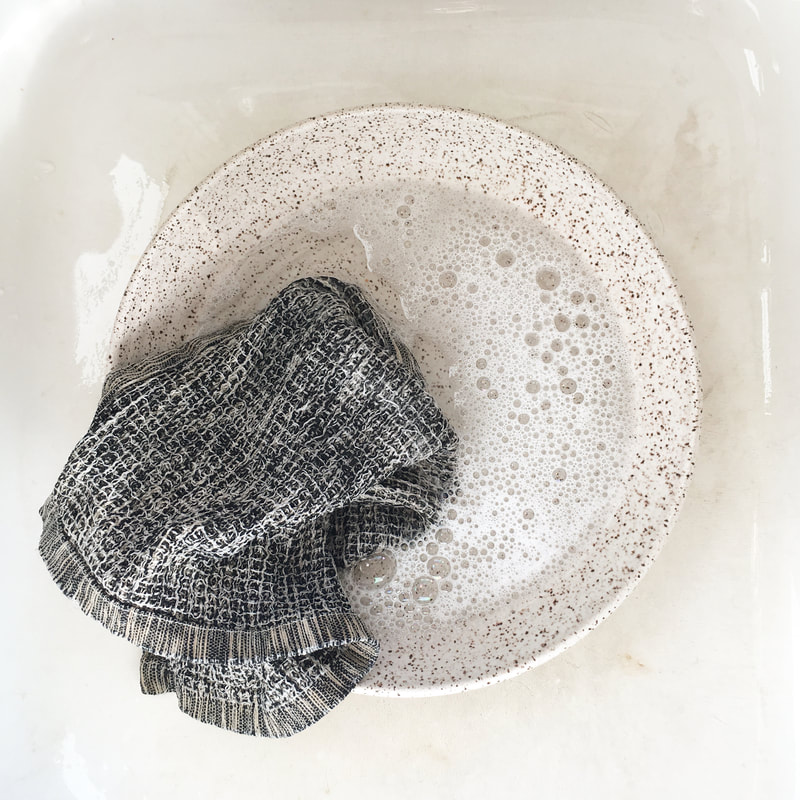
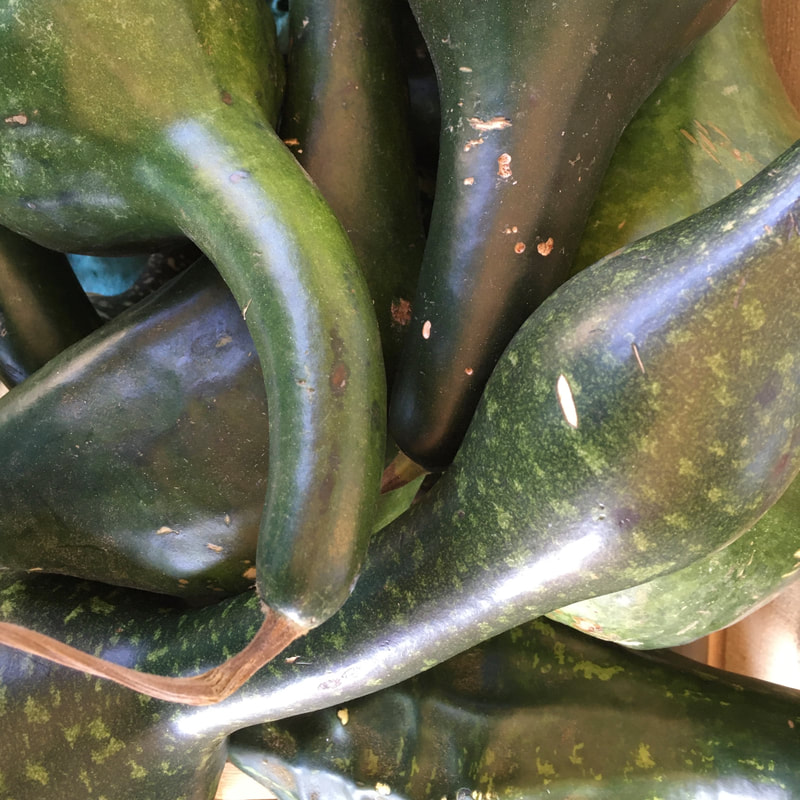
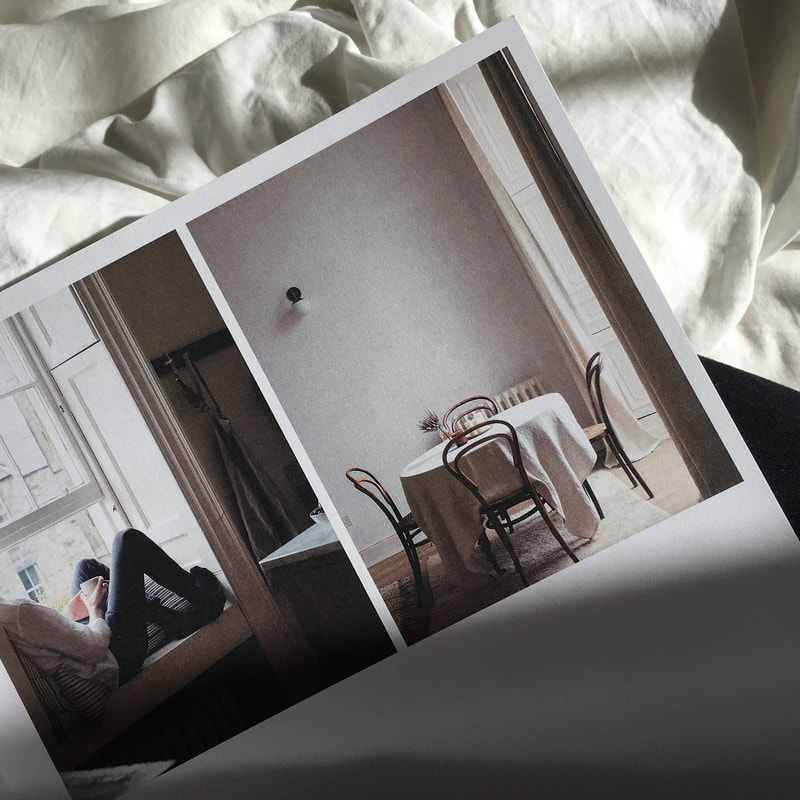
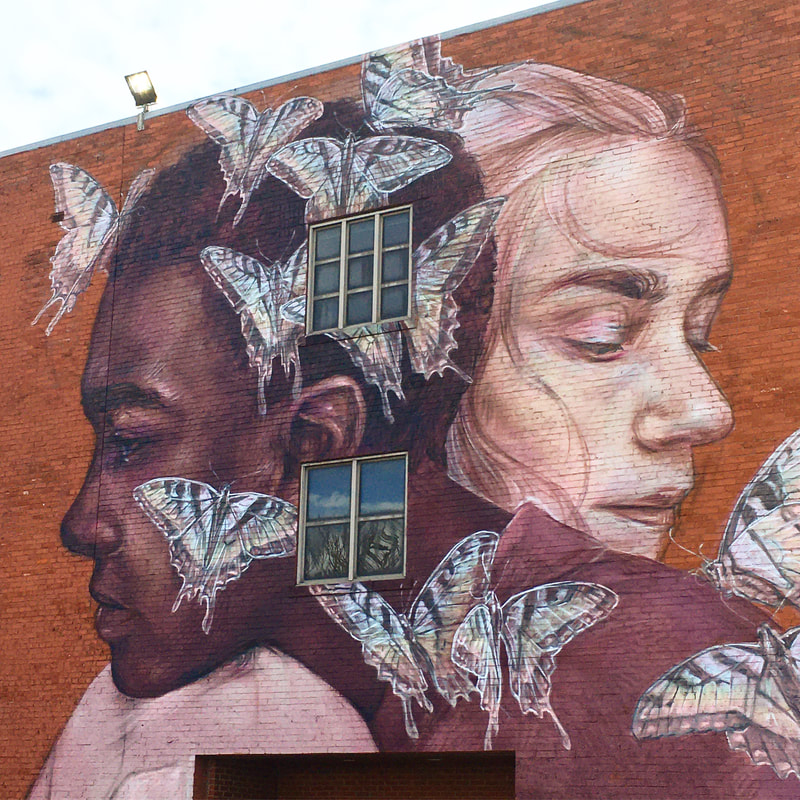
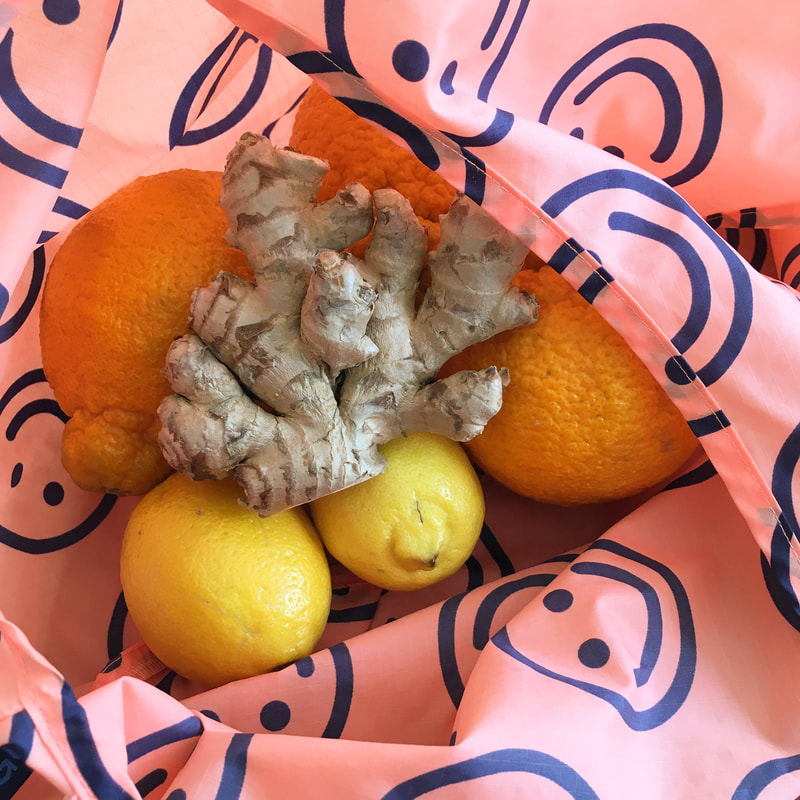
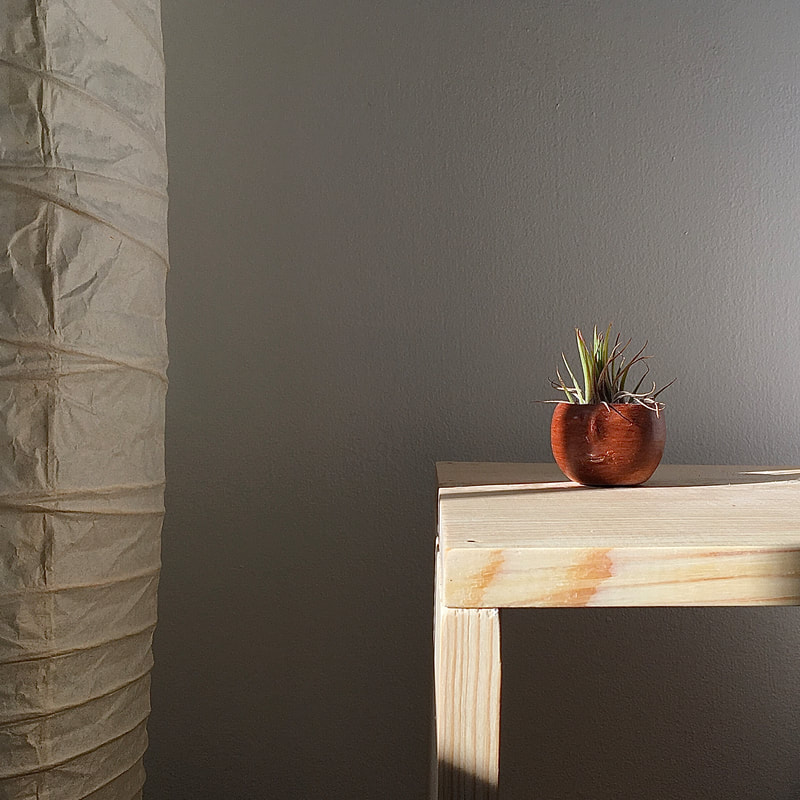
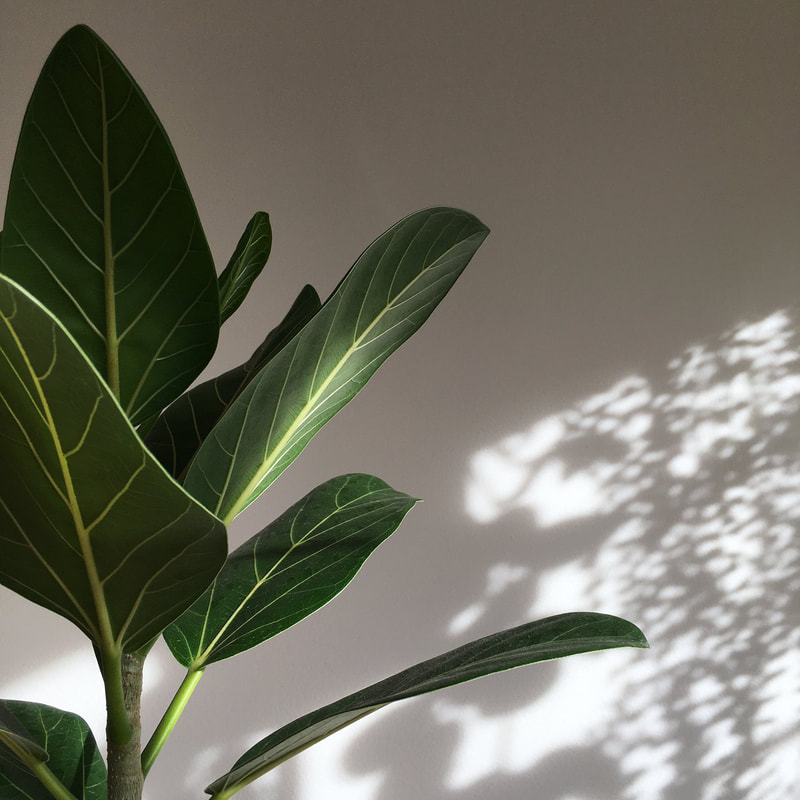

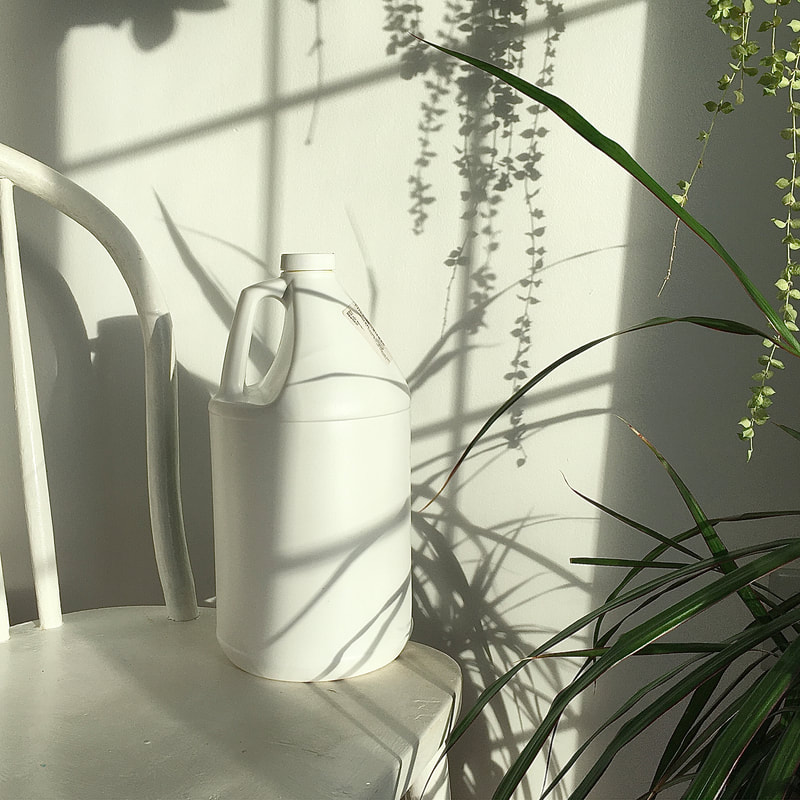
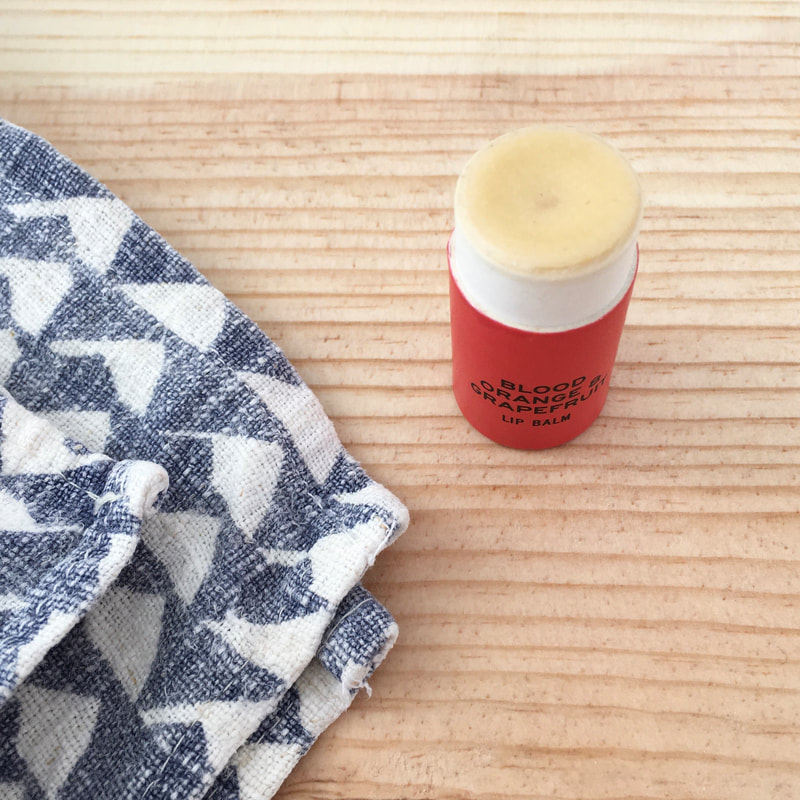
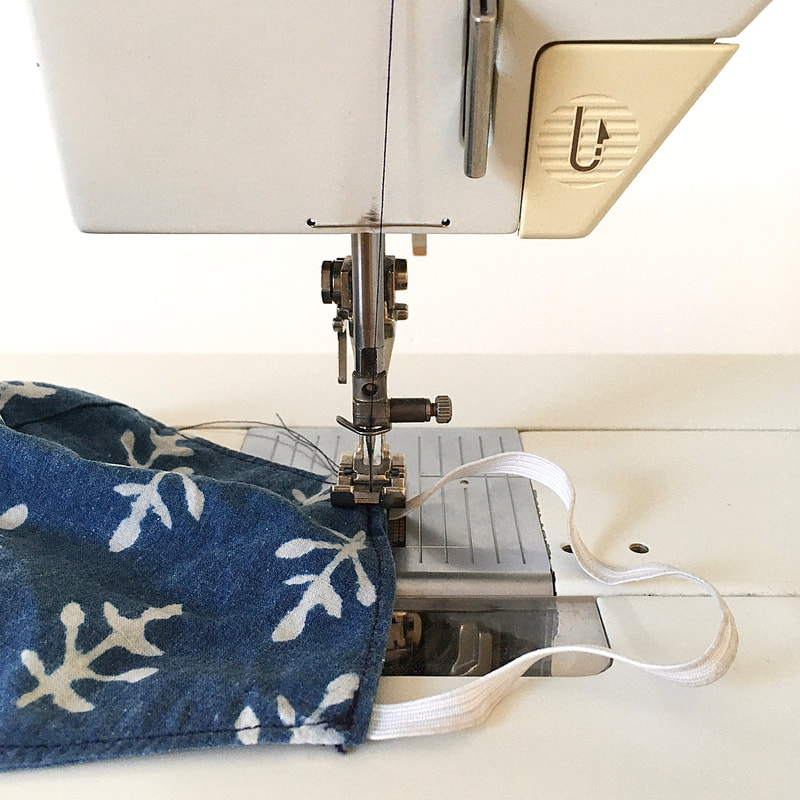
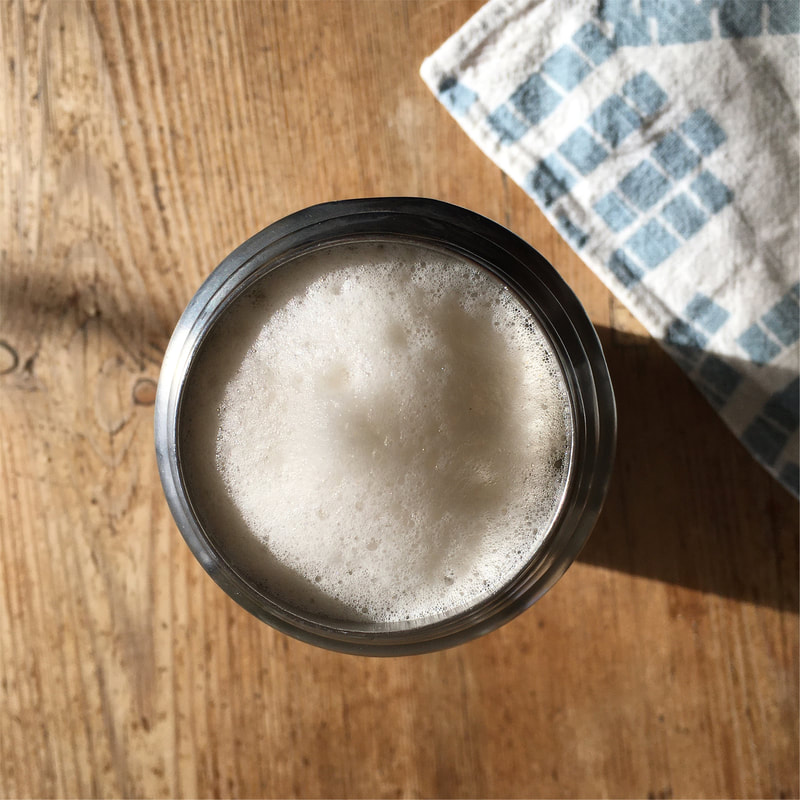
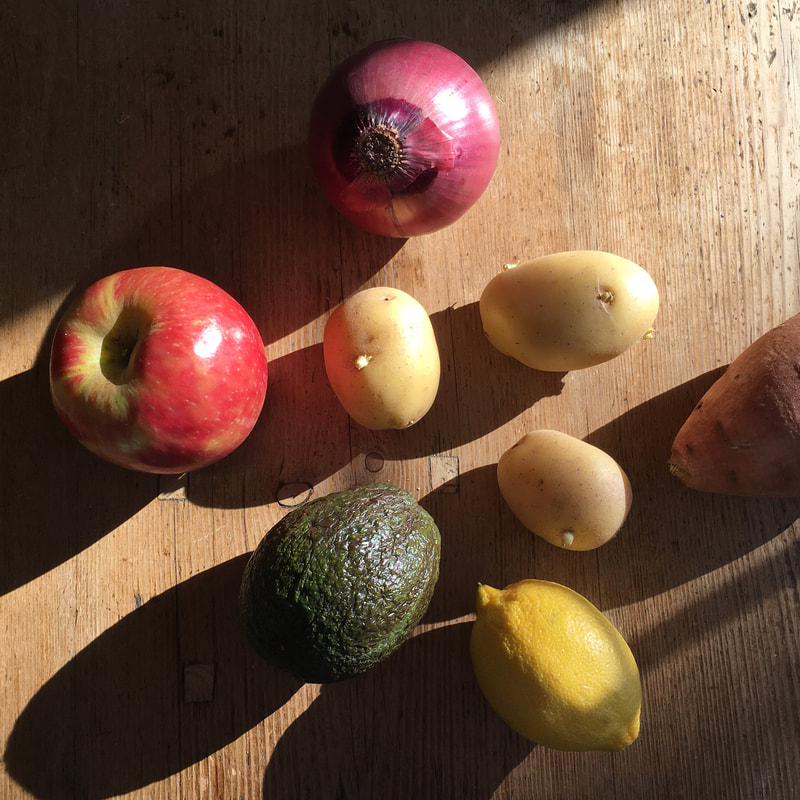
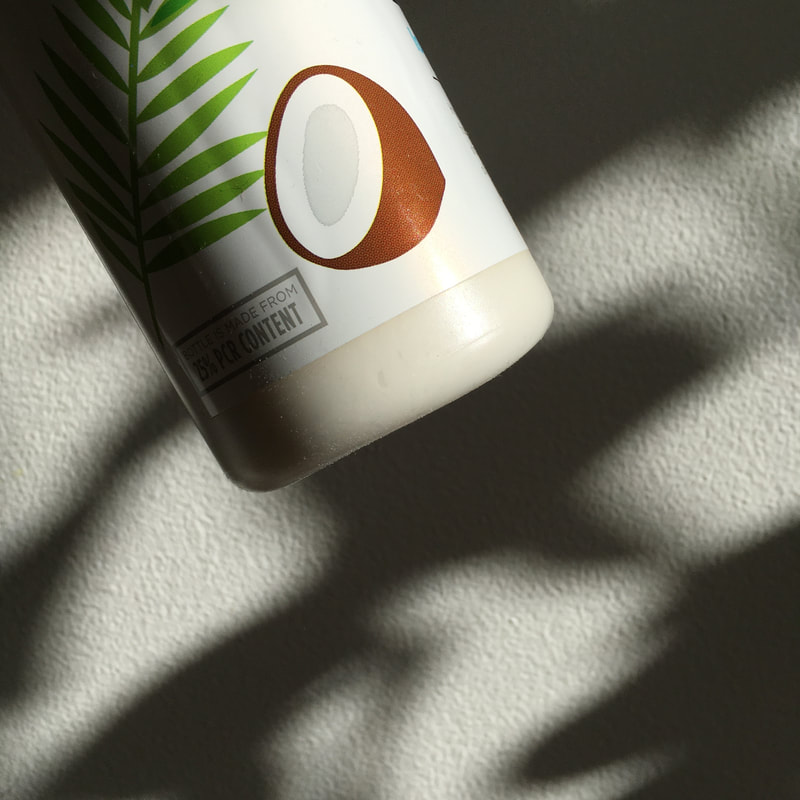
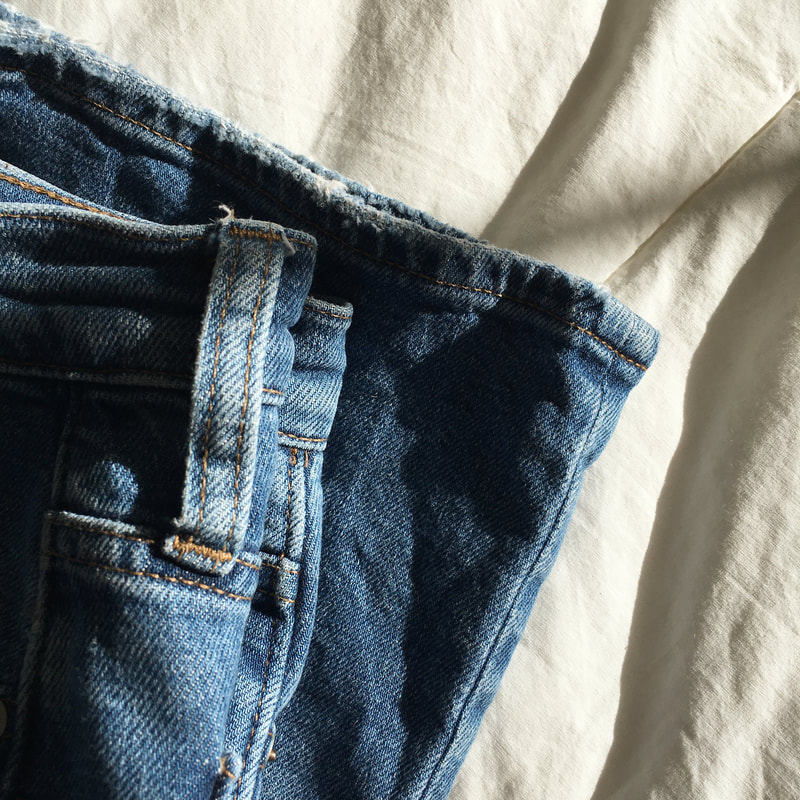
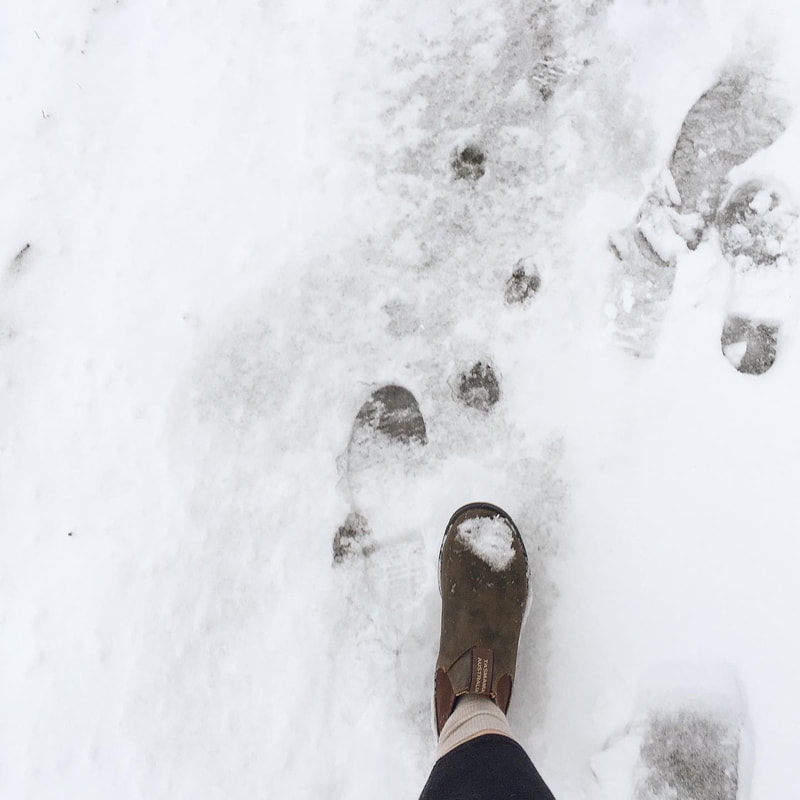
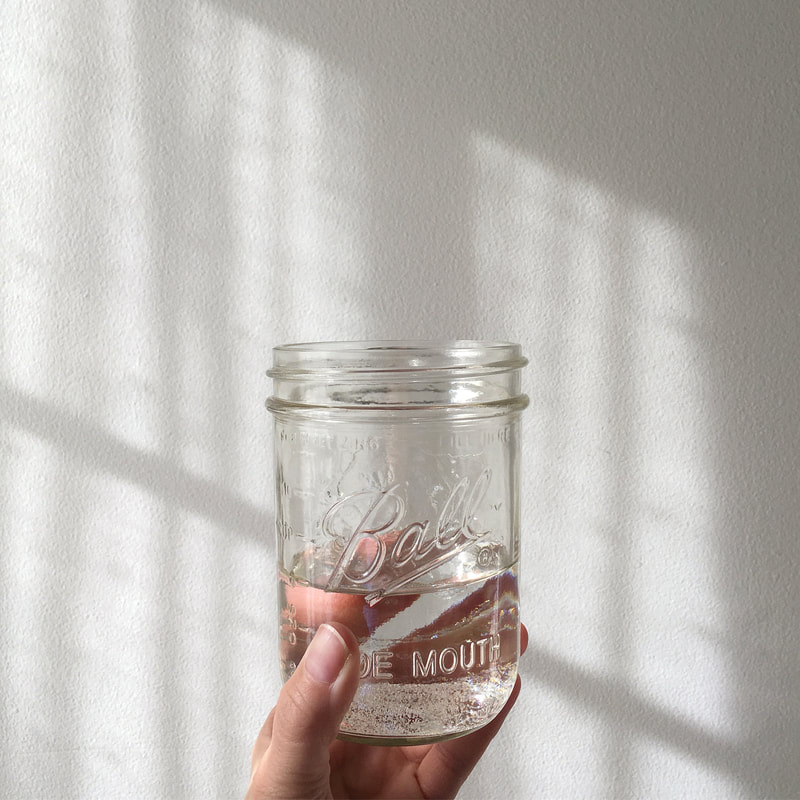
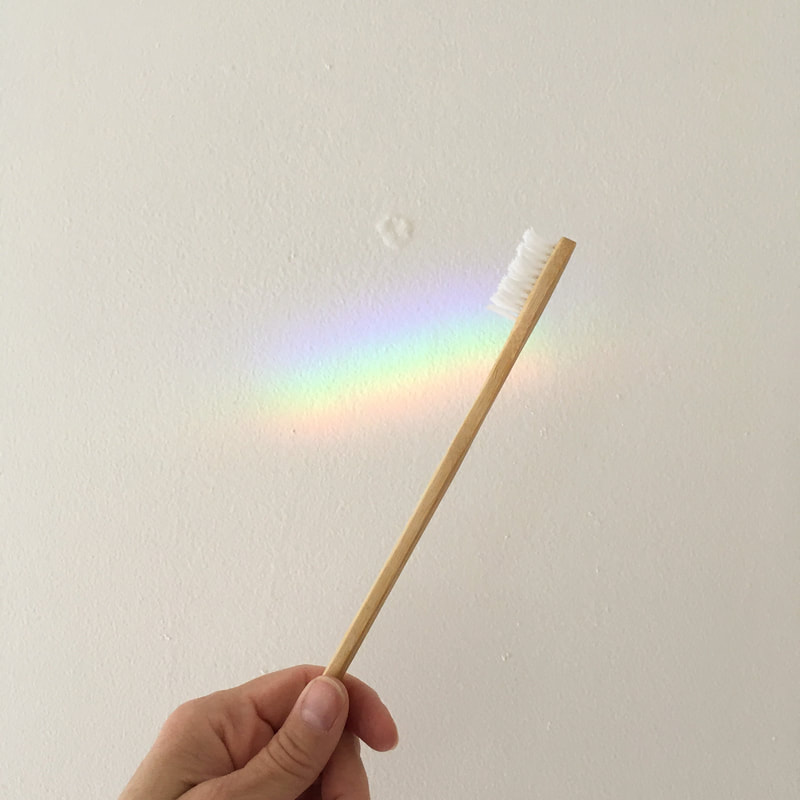
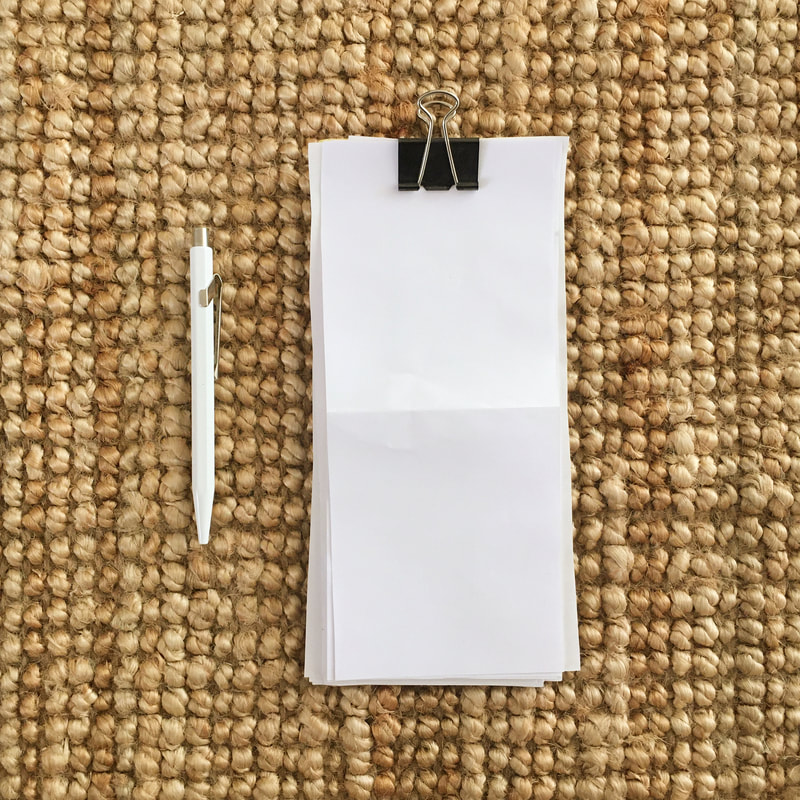
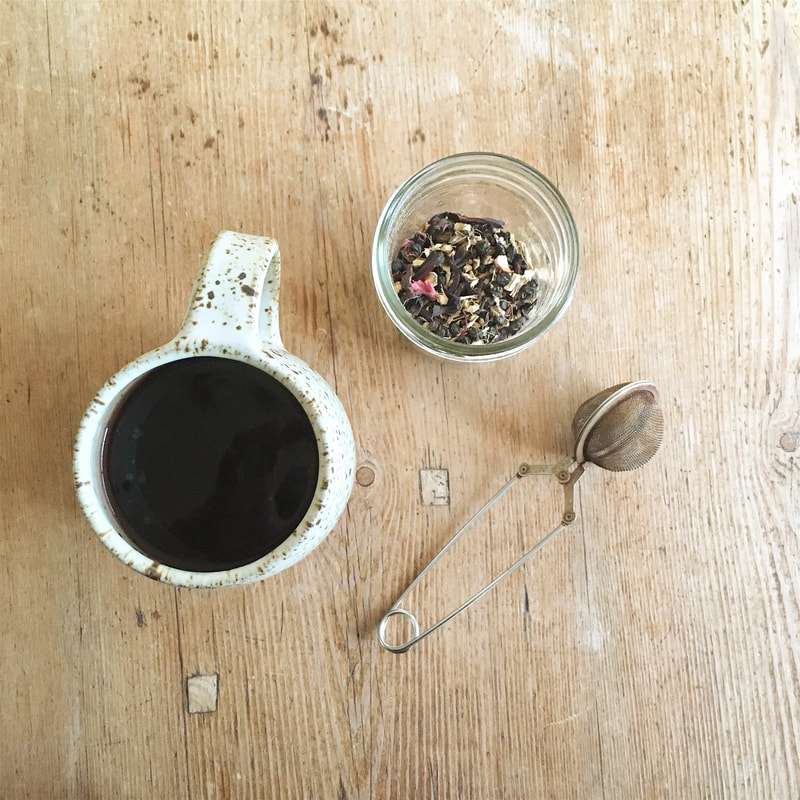
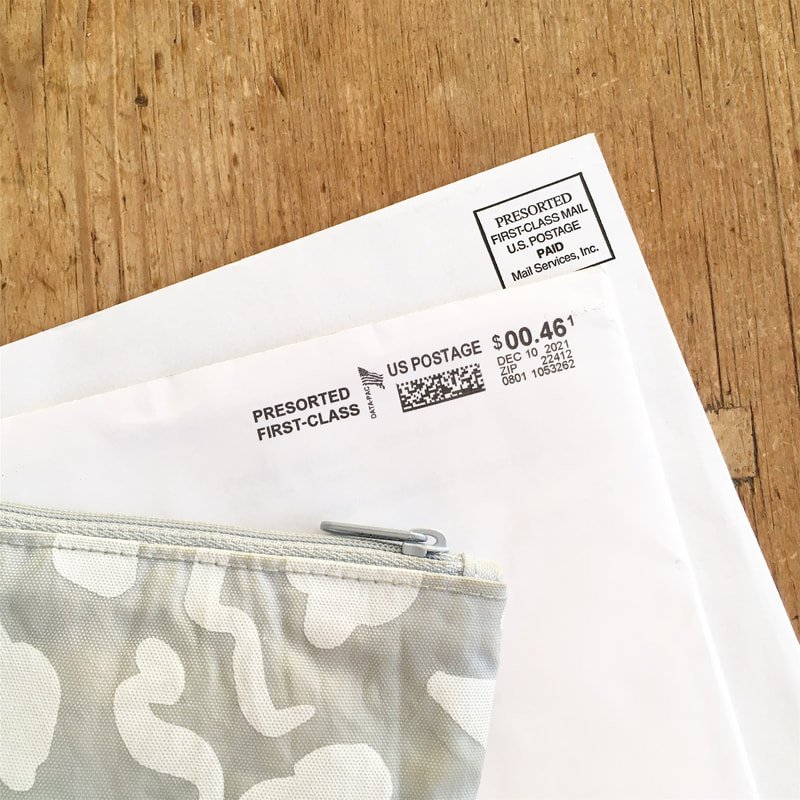

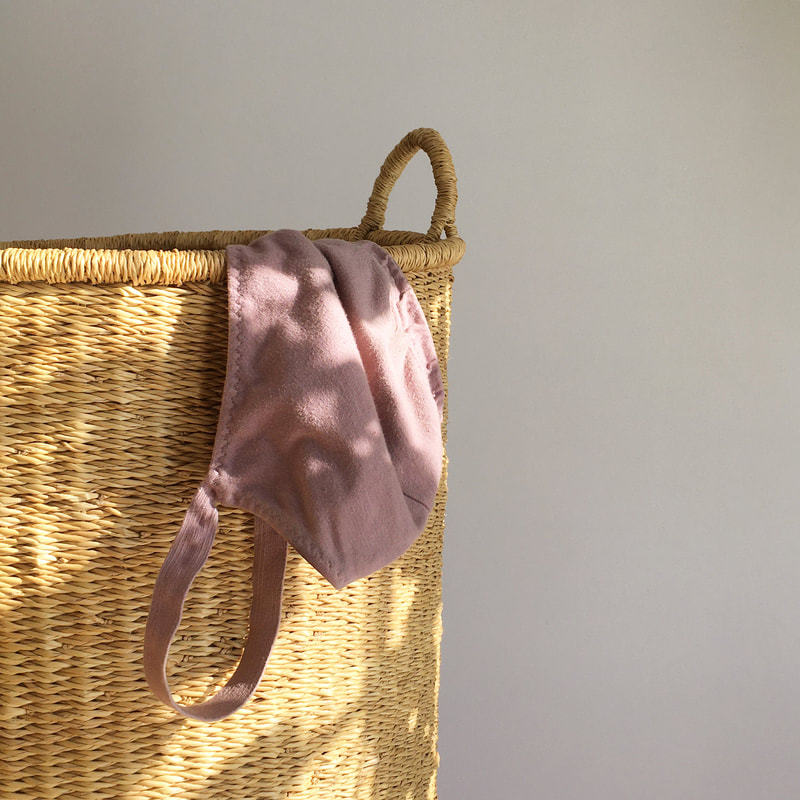
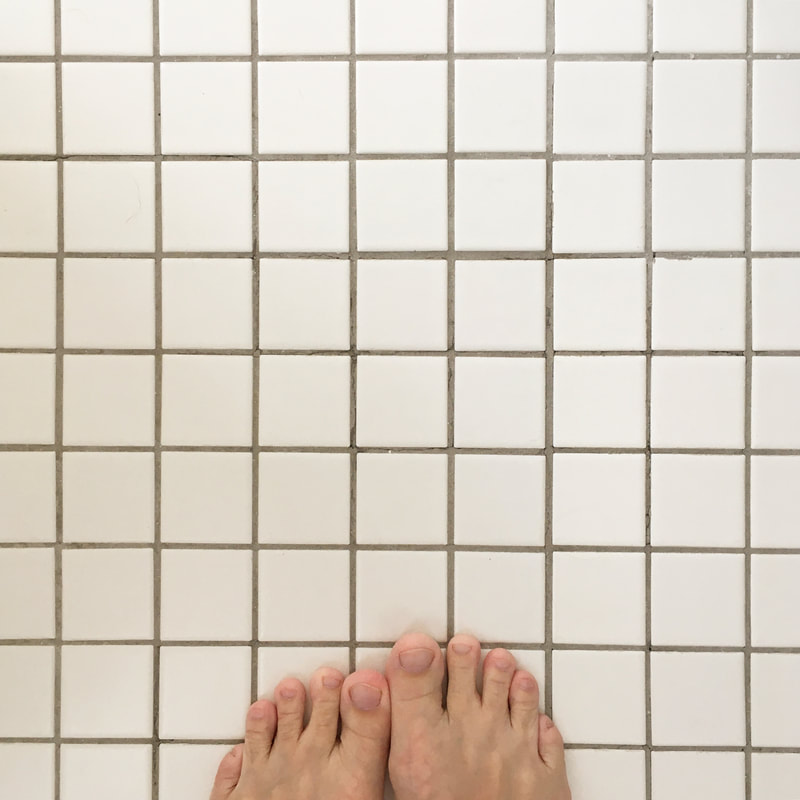
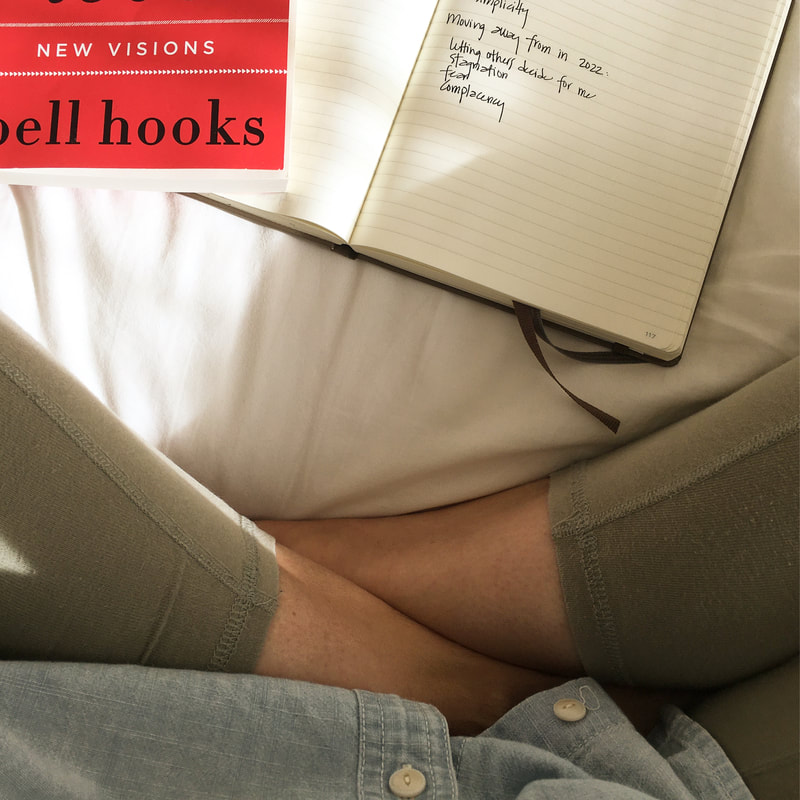
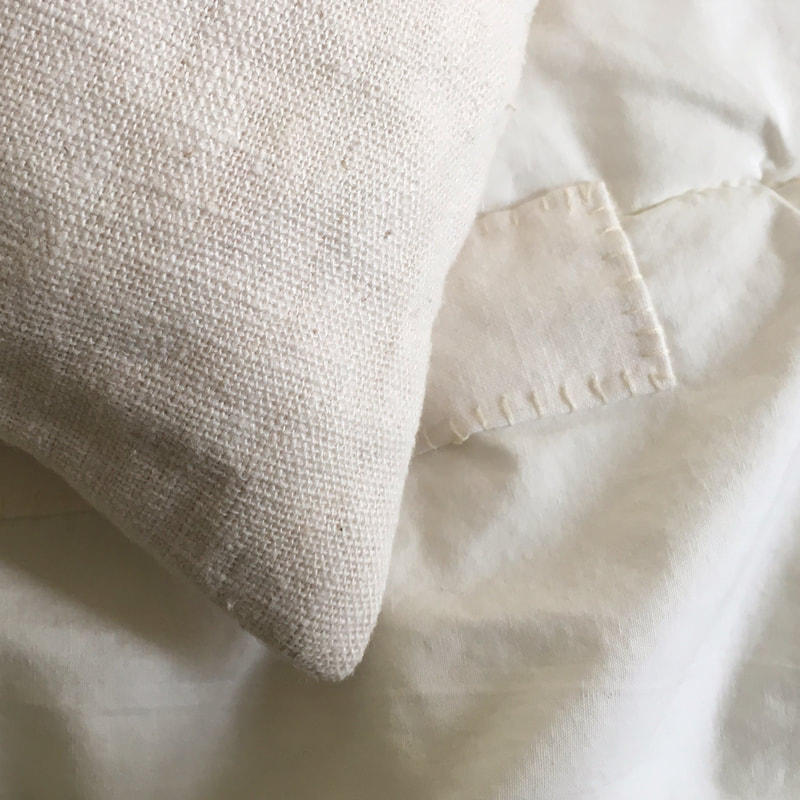
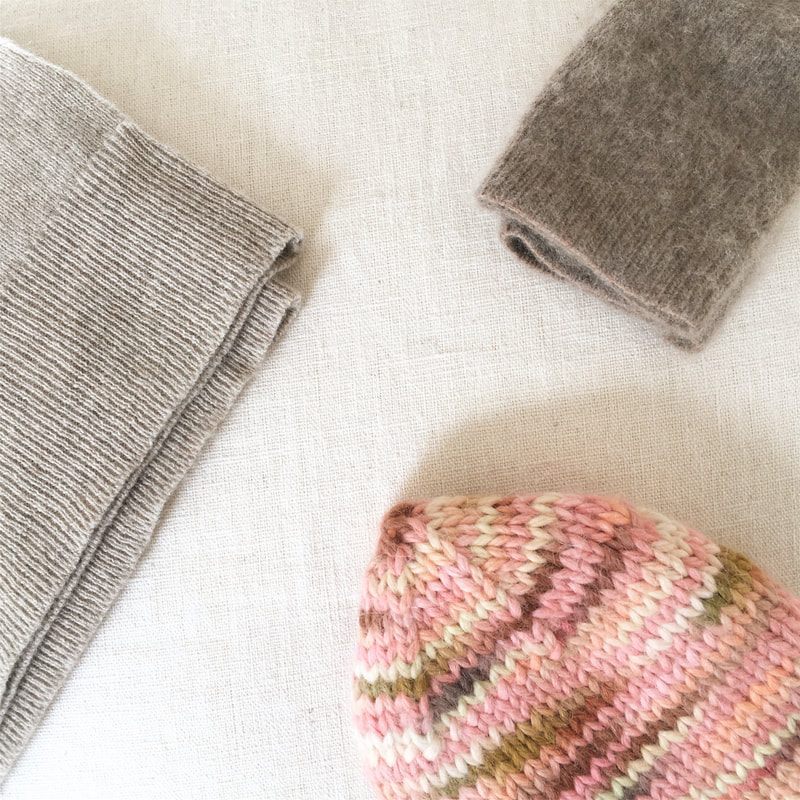
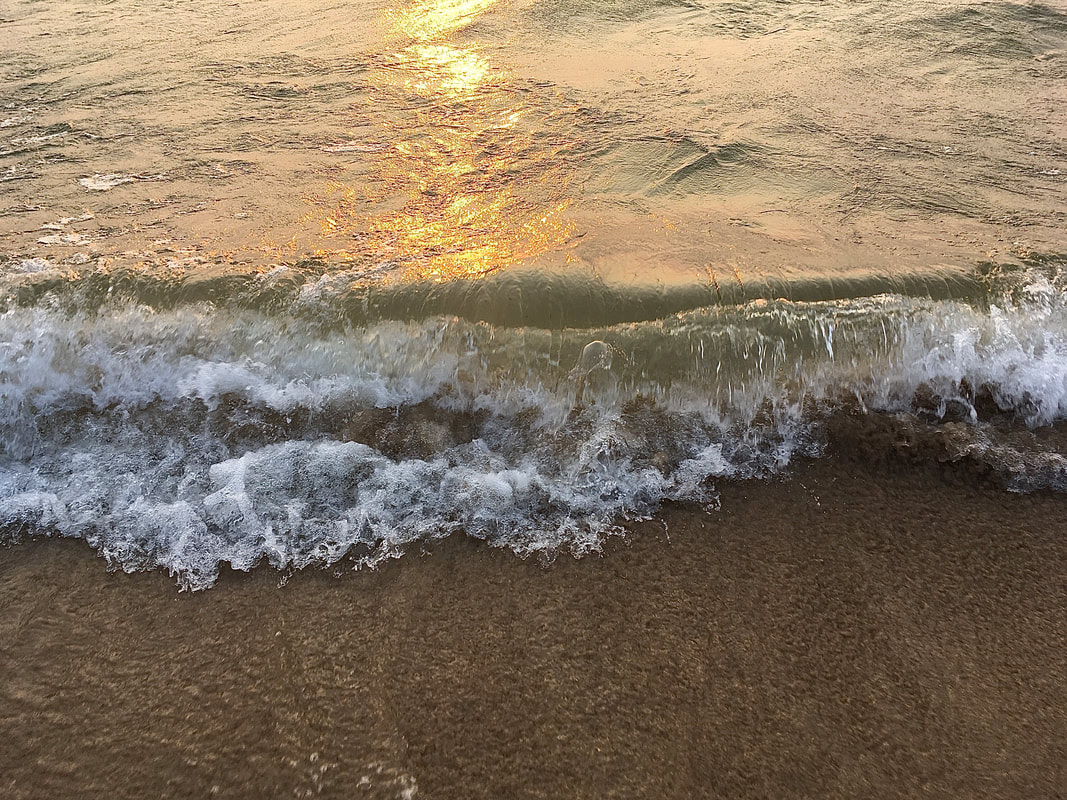
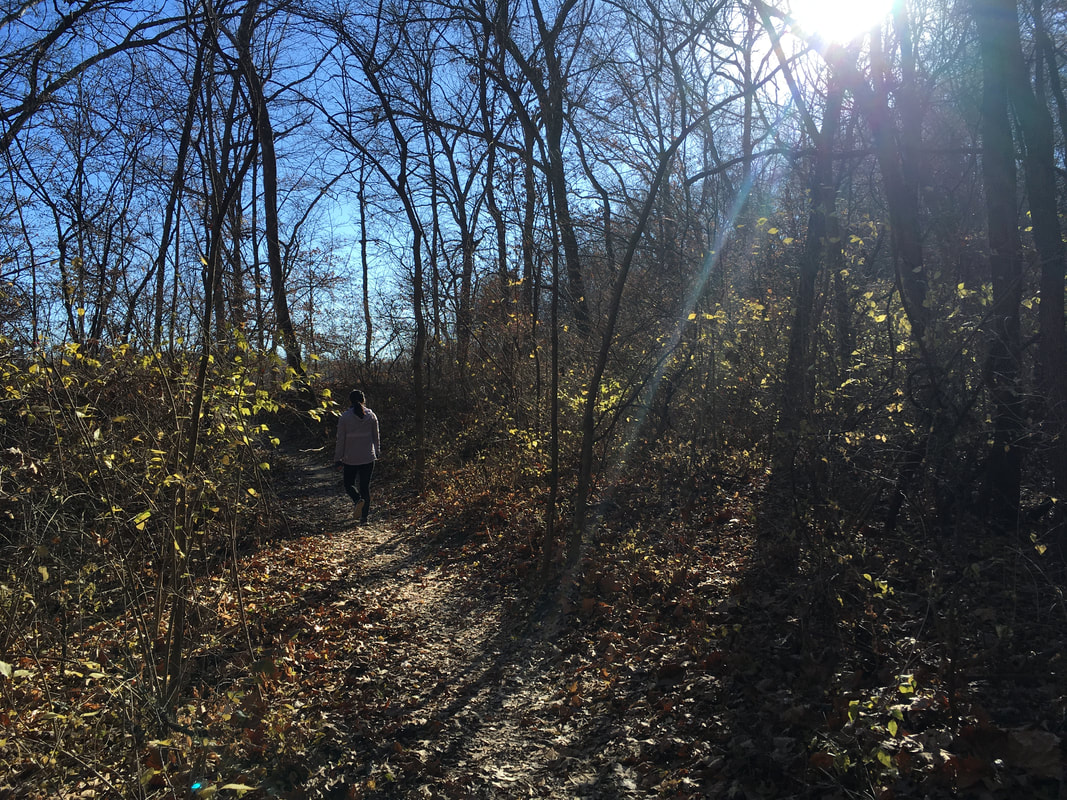
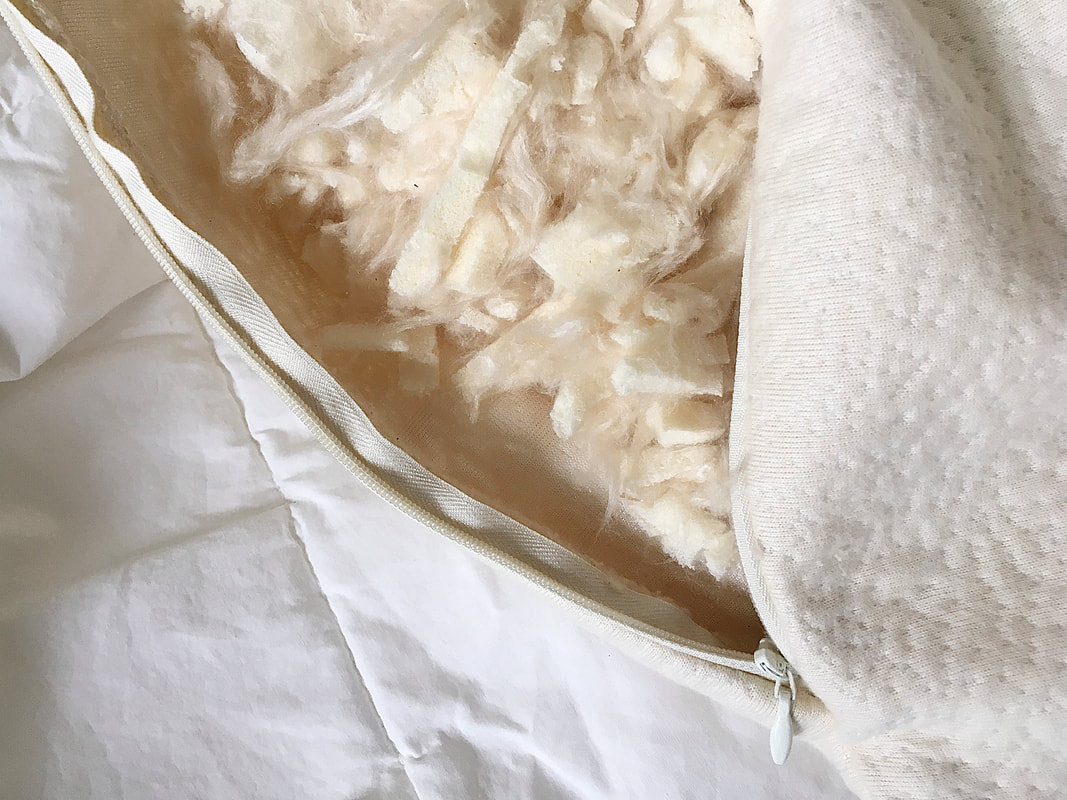
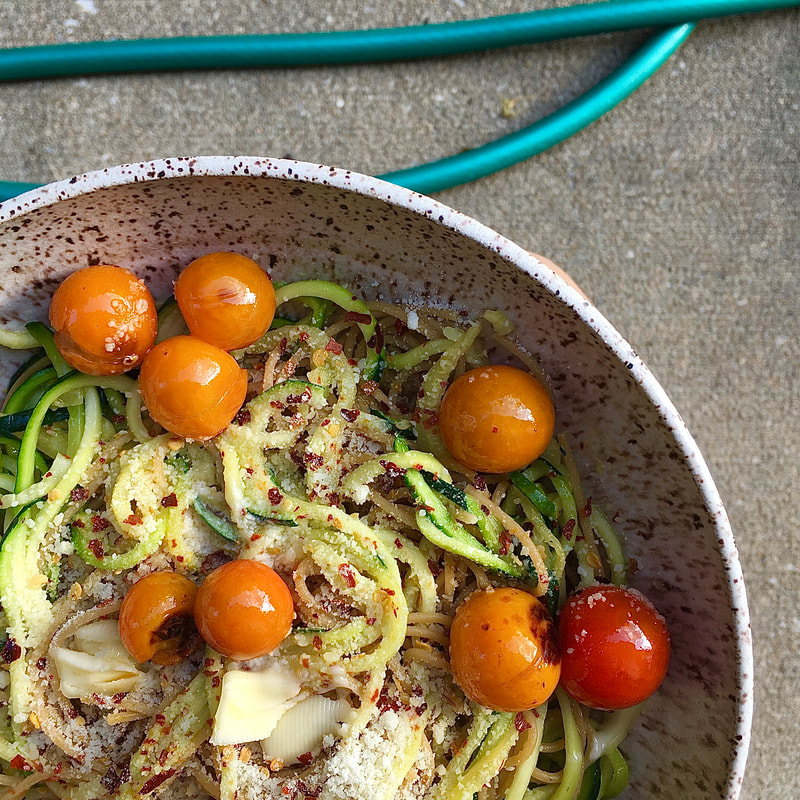
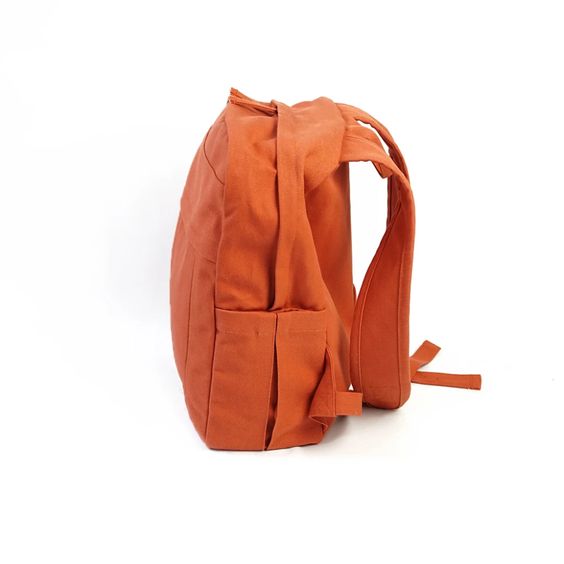
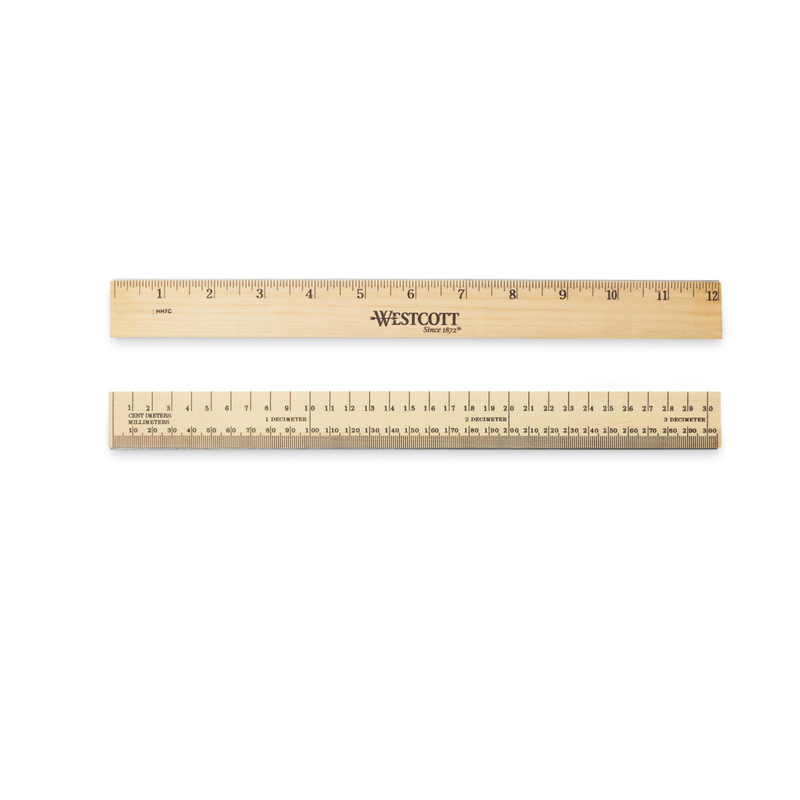
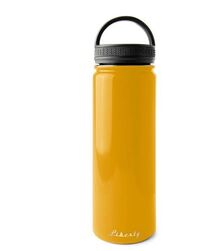
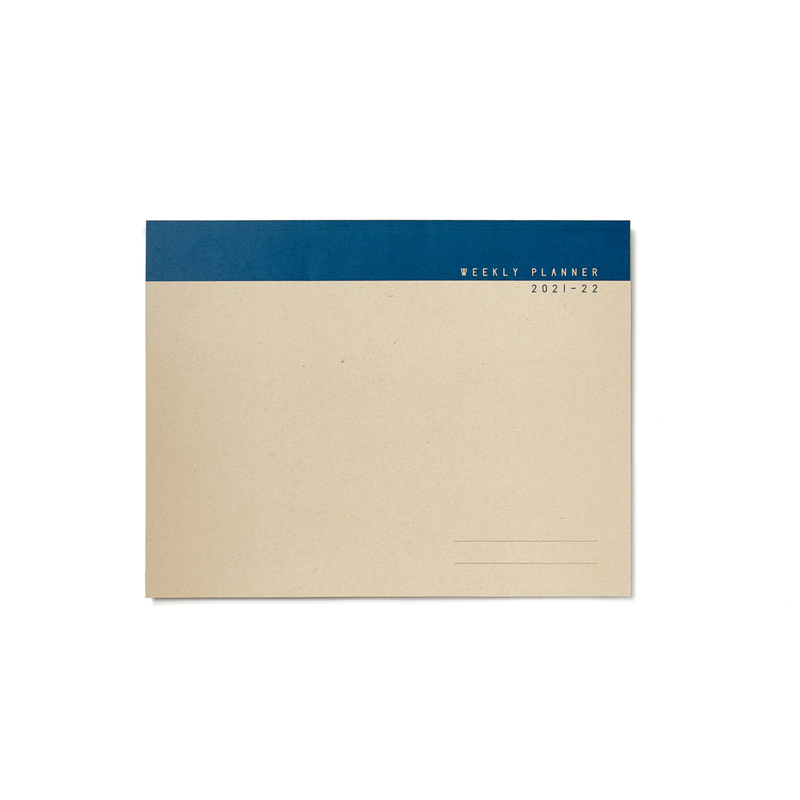
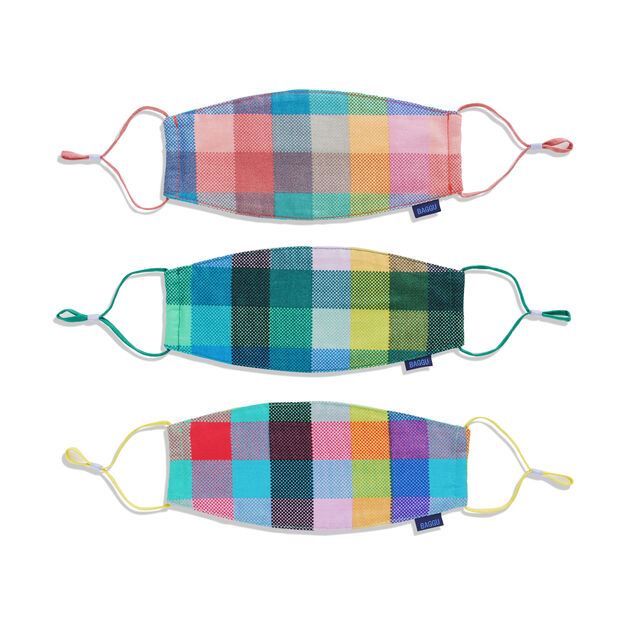
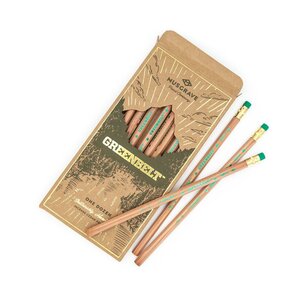
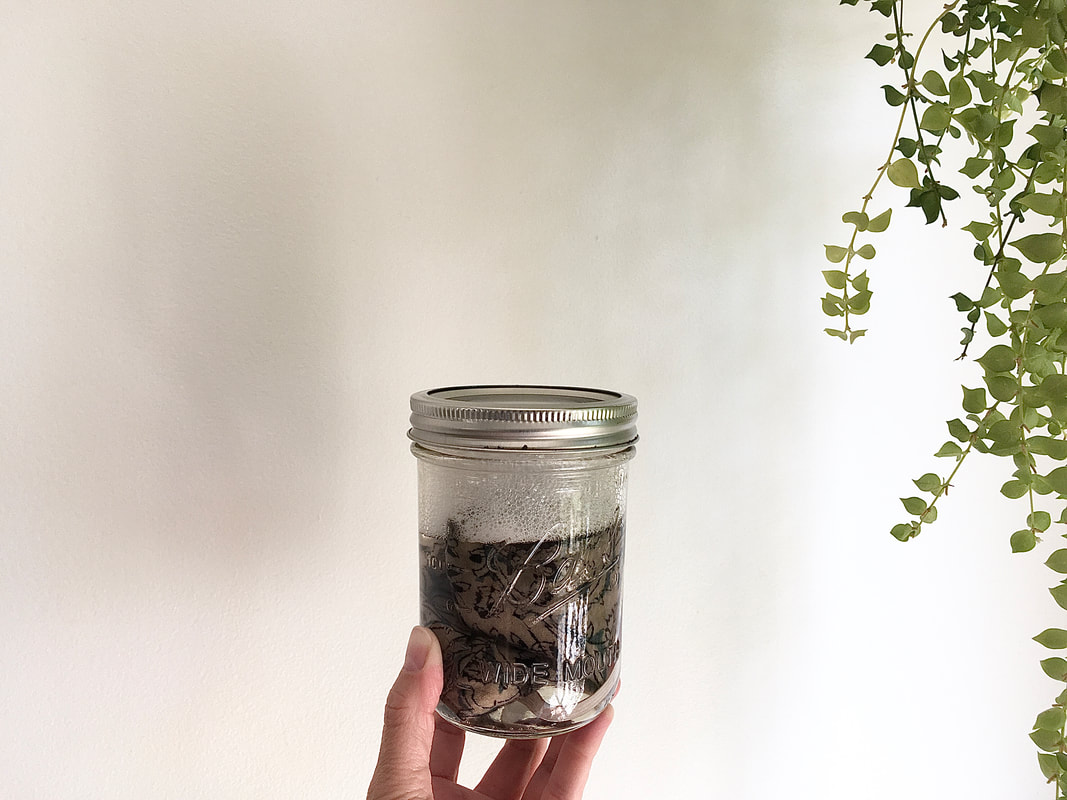
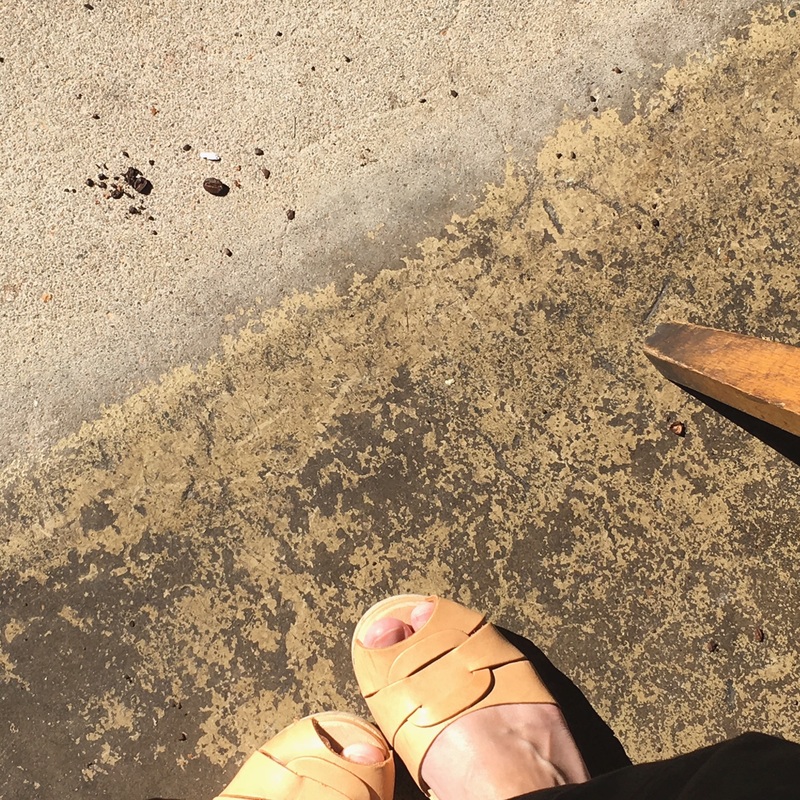
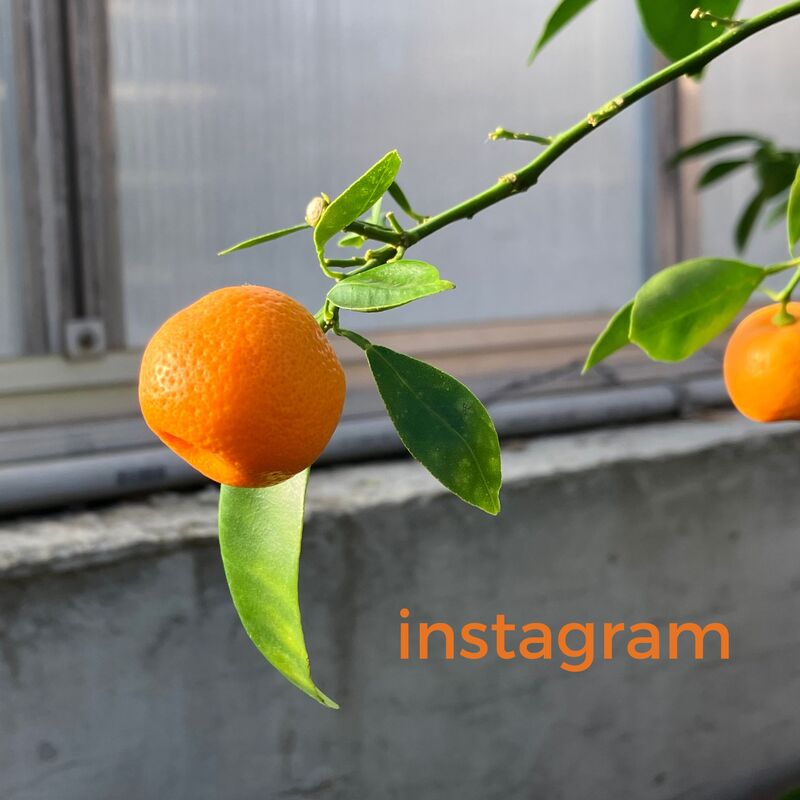
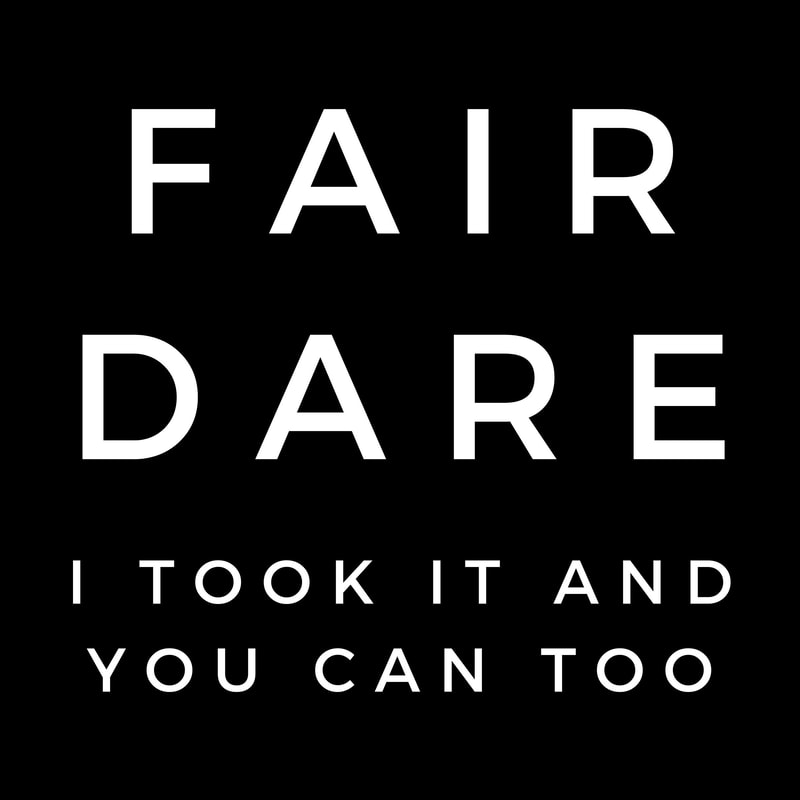
 RSS Feed
RSS Feed